When converting 1/2 cup to ounces for dry ingredients, it is important to note that the conversion will vary depending on the specific ingredient being measured.
Here we will provide a quick and easy guide on converting 1/2 cup to ounces for dry ingredients. We will explain the difference between fluid and dry ounces and then dive into the measurement equivalency of 1/2 cup to ounces. You will also learn how to convert 1/2 cup to dry ounces accurately and get some helpful tips for precise measuring when using dry ingredients.
Additionally, we will share common ingredients measured in ounces and their conversions from cups. So, if you want to become a master of measurements in your kitchen, keep reading! We’ll also discuss 1/2 cup to oz dry.
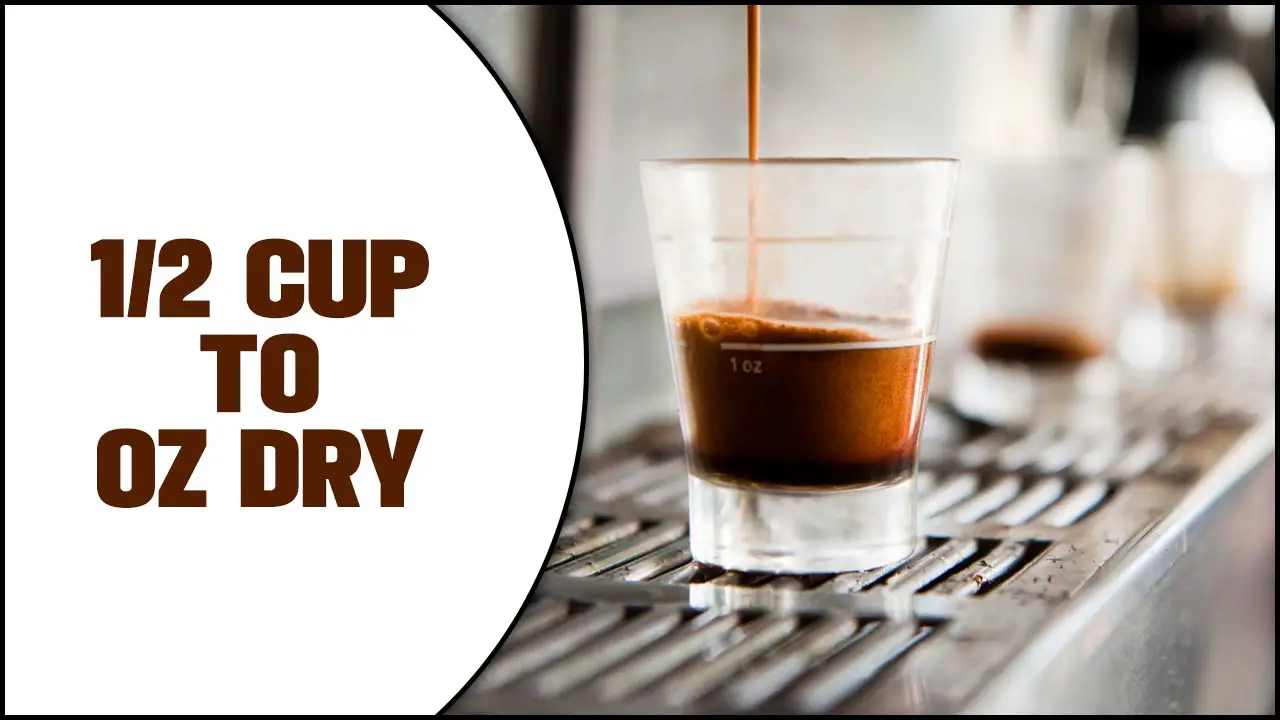
Mastering Measurements: 1/2 Cup To Oz Dry Conversion
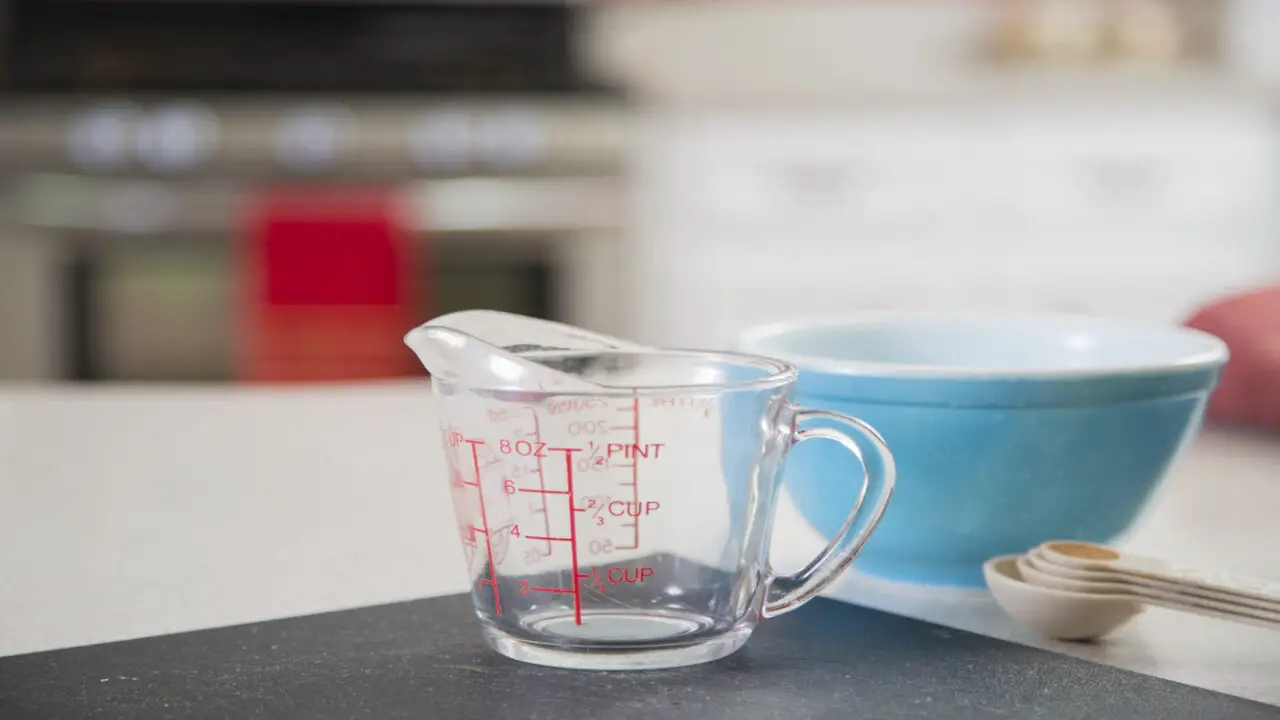
Understanding the distinction between fluid and dry ounces is crucial for precise measurements in the culinary world. When converting 1/2 cup to dry ounces, it’s important to consider the measured ingredient density. Ingredients such as flour, sugar, and grains are typically measured in ounces when dealing with dry ingredients.
To ensure accurate measurements when using cups and ounces for dry ingredients, it is highly recommended to utilize a kitchen scale. By mastering this conversion, you’ll achieve accurate results in your cooking and baking endeavors consistently. Scroll down to get into details 1/2 cup to oz dry.
Understanding The Difference Between Fluid Ounces And Dry Ounces
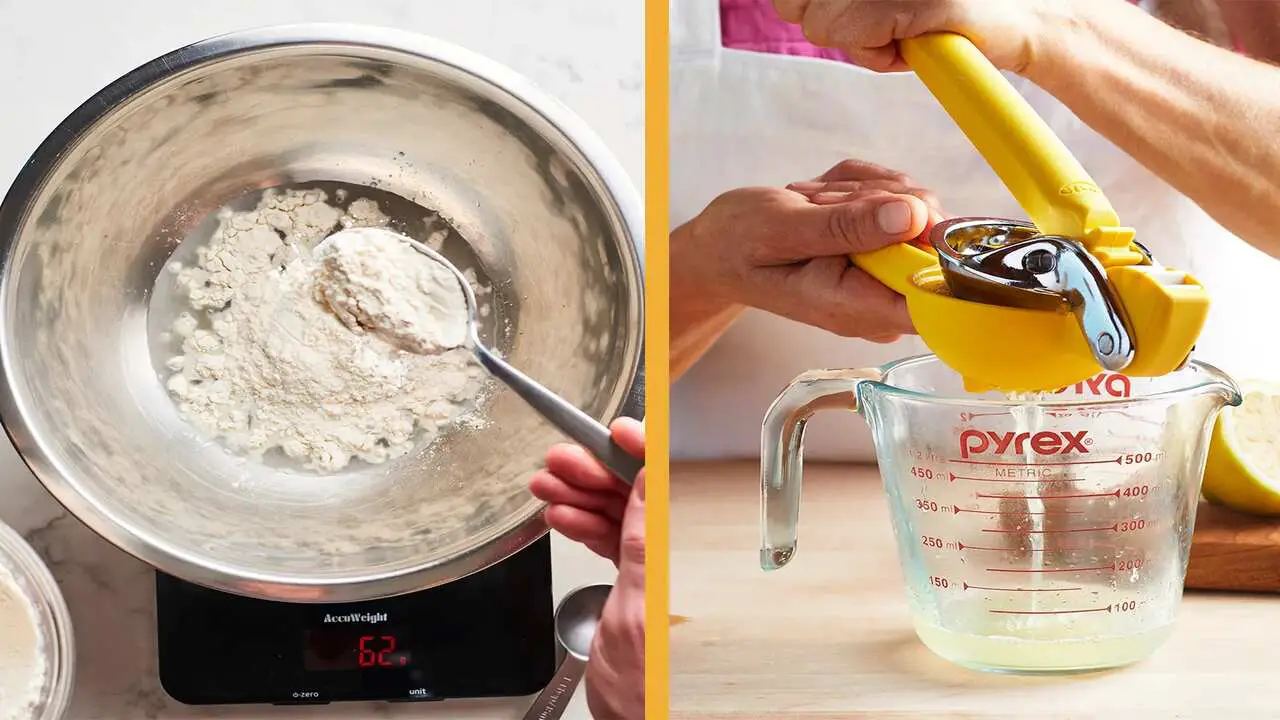
Fluid ounces and dry ounces are distinct units of measurement that serve different purposes. When converting 1/2 cup to fluid ounces, you must handy the conversion factor and perform the necessary calculations to determine the equivalent value.
However, when converting 1/2 cup to dry ounces, it is essential to consider the varying density of ingredients, as this can impact the conversion. Each ingredient has its own density, meaning that a half cup of one ingredient may not weigh the same as a half cup of another.
To ensure accurate measurements, it is advisable to use precise techniques such as utilizing a kitchen scale and consulting a conversion table specifically designed for common ingredients. By employing these methods, you can achieve accurate and consistent results in your culinary endeavors.
The Measurement Equivalency Of 1/2 Cup To Ounces
When measuring dry ingredients in cooking and baking recipes, 1/2 cup equals 4 ounces. To ensure accurate measurements, it is highly recommended to use a kitchen scale. A kitchen scale allows for precise measurements and eliminates any guesswork.
Understanding measurement equivalencies is key to achieving consistent and accurate recipe results. Familiarizing yourself with common conversions will help you navigate recipes more effectively and achieve the desired outcomes.
How To Convert 1/2 Cup To Dry Ounces
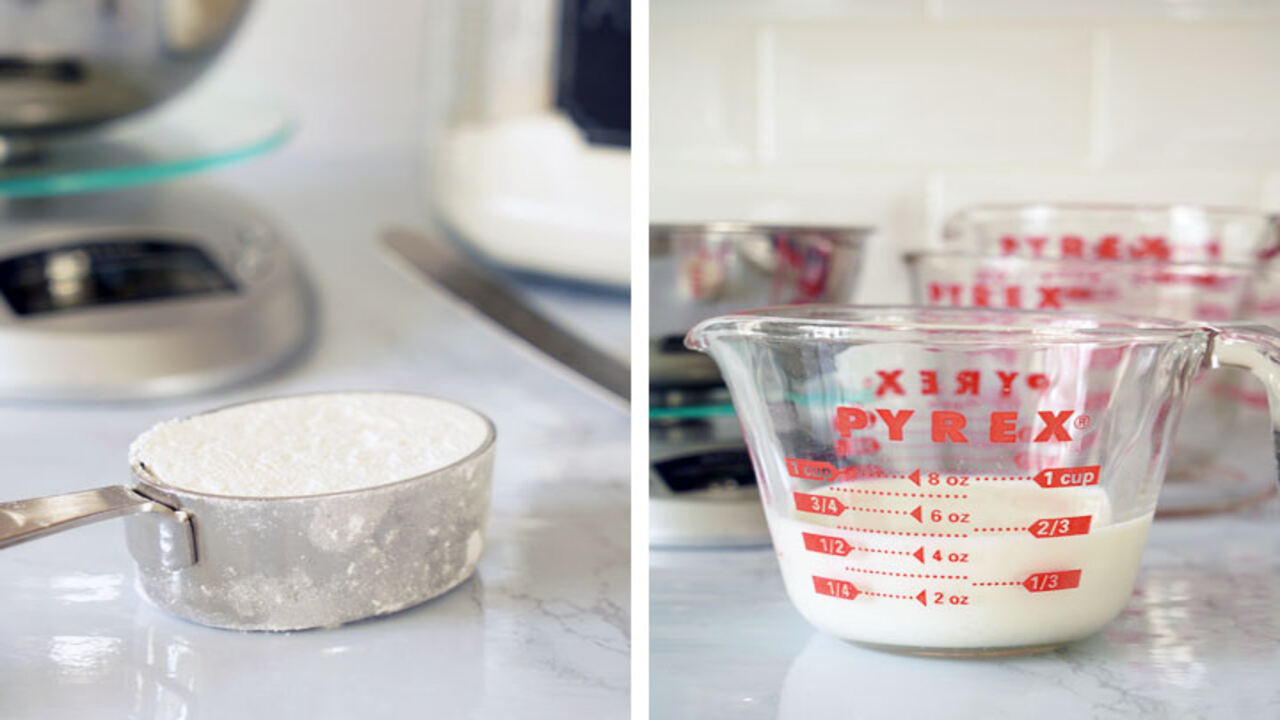
Converting measurements from cups to ounces can be done by understanding that cups and ounces are different units of measurement. The conversion factor for cups to ounces may vary depending on the measured ingredient.
You can consult a conversion chart or use an online converter to find the accurate conversion factor. Multiply the number of cups by the conversion factor to determine the equivalent amount in ounces.
Remember to round the result to the nearest whole number or decimal place based on your desired level of precision. It is essential to be precise in conversions, especially in cooking or baking, where accuracy is crucial in achieving desired results.
Tips For Accurate Measuring When Using Dry Ingredients
When working with dry ingredients, following certain guidelines to ensure precise measurements is crucial. Firstly, refer to a conversion chart or calculator to accurately convert measurements. Using a measuring cup specifically designed for dry ingredients is essential, and make sure to level off the top of the cup with a straight edge for accuracy.
Consider the density of the ingredient being measured, as it can impact the measurement. Always use the appropriate unit of measurement specified in your recipe, such as ounces or grams. Lastly, double-check your measurements before adding the ingredient to your recipe to guarantee accuracy and avoid potential mishaps. By following these tips, you can achieve consistent results and create delicious dishes every time.
Common Ingredients Measured In Ounces And Their Conversions From Cups
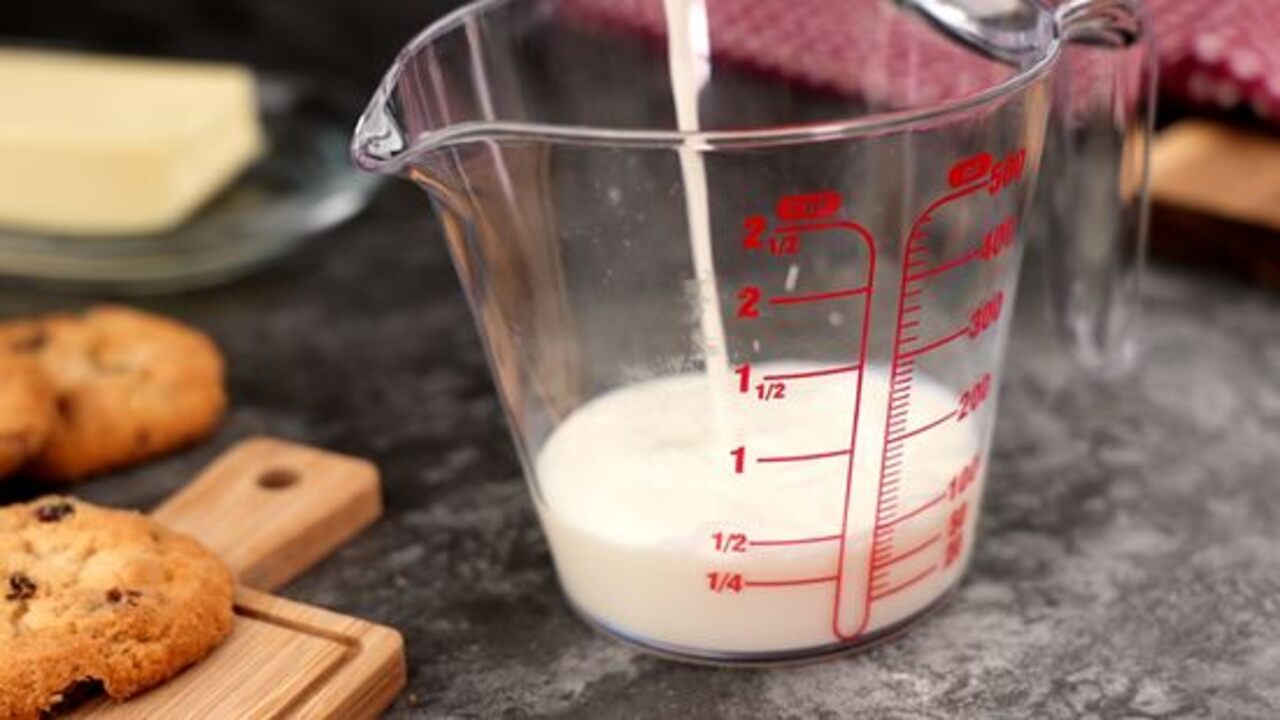
Understanding the conversion factor for different ingredients is crucial when measuring common ingredients in ounces. For instance, 1 cup of flour weighs approximately 4.4 ounces, while 1 cup of sugar weighs around 8 ounces. To ensure accurate measurements, you can utilize a kitchen scale or measuring cups with ounce markings.
Remember that different ingredients have varying densities, so that the volume-to-weight conversion may differ. Online converters or charts can be helpful for quick and easy conversions between cups and ounces. Always double-check the specified measurement units in a recipe to avoid any errors in ingredient quantities.
Importance Of Precise Measurements In Baking And Cooking
Accurate measurements are vital for successful baking and cooking. Converting between different units of measurement can be confusing, but it’s crucial to get it right. Knowing the conversion ratios for common measurements, such as cups to ounces, can save time and prevent mistakes.
Using a kitchen scale provides the most precise measurements for dry ingredients. Consistency in measurements ensures consistent results in your recipes. Understanding the difference between fluid and dry ounces is essential for accurate measurements.
Using Measuring Cups And Spoons For Accurate Measurements
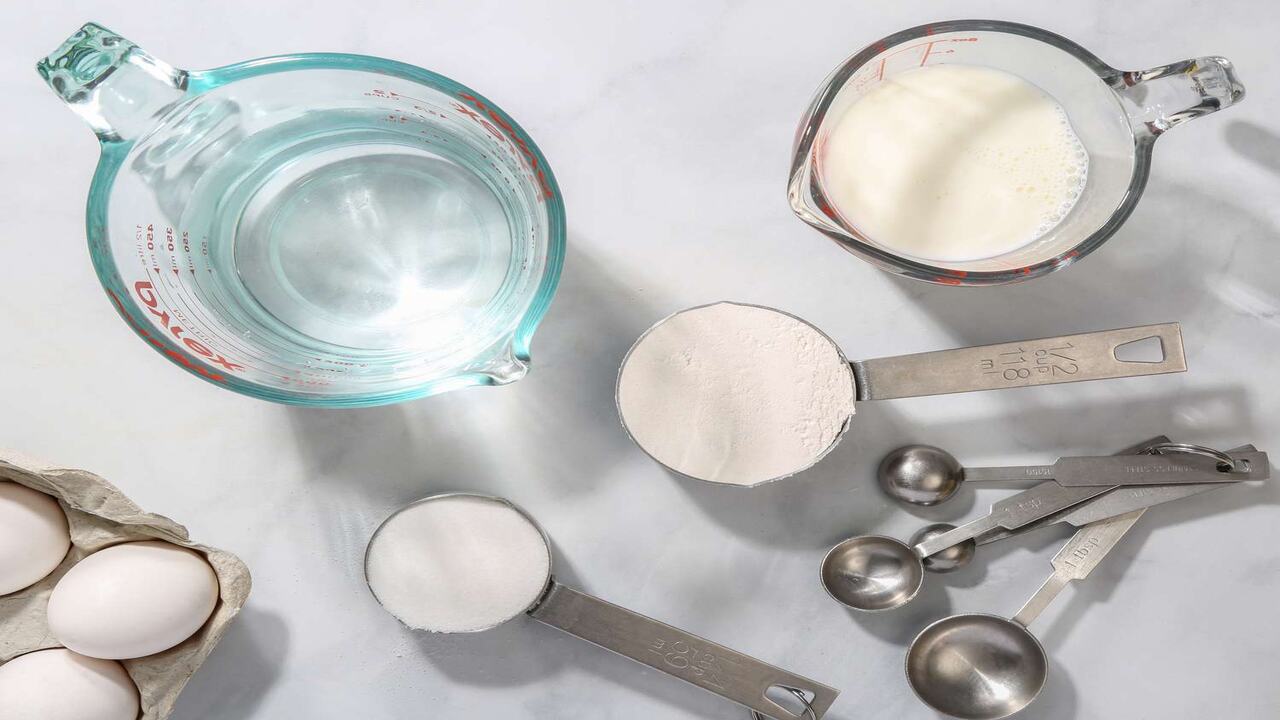
Accurate measurements are crucial in cooking and baking, as they can directly impact the outcome of your recipes. Understanding the conversion factor between cups and ounces is essential to ensure precise measurements. While 1 cup is equivalent to 8 fluid ounces, the weight of dry ingredients may vary.
To achieve accurate measurements, it is recommended to use a measuring cup specifically designed for dry ingredients, which typically has a flat top for easy leveling.
When measuring smaller amounts like teaspoons or tablespoons, it may be necessary to convert them to ounces. To do this, spoon or scoop the dry ingredients into the measuring cup or spoon and level off the top using a straight edge. By following these guidelines, you can ensure your recipes turn out delicious every time.
Other Helpful Conversion Tips For Common Kitchen Measurements
Accurate measurement of ingredients is crucial for successful cooking and baking. Converting common kitchen measurements, such as cups to ounces or tablespoons to teaspoons, can be challenging. To ensure recipe success, it is important to familiarize yourself with common measurement conversions like fluid ounces to millilitres or grams to ounces.
Using a reliable conversion chart or calculator can help you achieve accurate measurements. Adjust recipes accordingly if you are working with different measurement systems, such as converting from US measurements to metric. By following these tips, you can achieve precise measurements and confidently create delicious recipes.
Conclusion
Accurate measurements are crucial in cooking and baking to ensure consistent and delicious results. The first step in mastering measurements is understanding the difference between fluid and dry ounces. When converting 1/2 cup to dry ounces, it’s important to note that the conversion will vary depending on the measured ingredient.
Use measuring cups and spoons specifically designed for dry ingredients to ensure accuracy. Some common ingredients measured in ounces include flour, sugar, and nuts, with their respective conversions from cups. Remember, precision in measurements is key to achieving culinary perfection. So, follow these tips and tricks to measure and convert kitchen ingredients confidently. We hope you now understand 1/2 cup to oz dry.
Frequently Asked Questions
1.Is 4 Oz Dry Half A Cup?
Ans: No, 4 oz dry is not equivalent to half a cup. While 2 cups equals 4 fluid ounces, the weight of dry ingredients can vary. It is best to use a kitchen scale for accurate conversions between cups and ounces for dry ingredients. A general rule of thumb is that 1 cup of flour weighs approximately 4.5 ounces. Measuring dry ingredients by weight rather than volume is recommended for precise results.
2.What Is 1 2 Oz Of Liquid?
Ans: 1/2 oz of liquid is approximately equivalent to 1 tablespoon or 14.79 milliliters. It is commonly used for flavoring or measuring small quantities in recipes. Examples include lemon juice, vanilla extract, or alcohol for cocktails. The density of the ingredient may affect the volume when converting between dry and liquid measurements.
3.How Many Ounces Dry Is One Cup?
Ans: One cup equals 8 ounces when measuring dry ingredients like flour, sugar, and grains. It’s important to note that this conversion may vary for liquids. To ensure accuracy, use a measuring cup or a kitchen scale when measuring dry ingredients.
4.How Many Cups Is 1 Oz Dry?
Ans: 1 ounce dry is equivalent to 0.125 cups. To convert ounces to cups, divide the number of ounces by 8. For instance, 4 ounces is equal to 0.5 cups. Remember that this conversion is specifically for dry ingredients and not liquids.
5.How Many Oz Is 1/2 Cup Of Dry?
Ans: 1/2 cup of dry ingredients is equivalent to 4 ounces. This measurement is commonly used in cooking and baking recipes. It’s important to use the correct measuring tools for accuracy. Remember that different dry ingredients may have varying weights, so always refer to a conversion chart or recipe for precise measurements.
